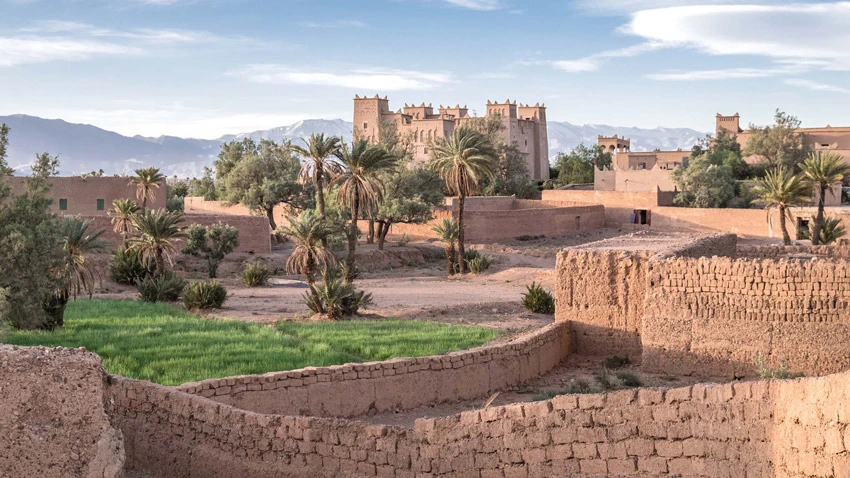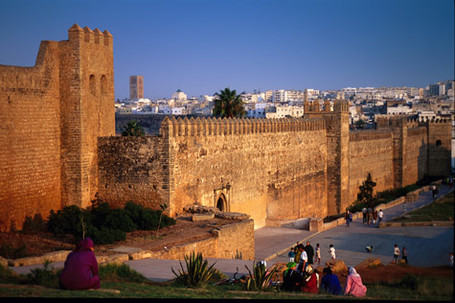Morocco’s capital, Rabat, will be one of 124 World Heritage sites assessed for the state of its conservation at the UNESCO committee’s annual meeting in New Delhi, India. The meeting, scheduled from July 21 to 31, will evaluate the preservation efforts and future plans for these globally significant sites.

Rabat, with its architecture dating back to 1184, is among the most ancient cities in the world. Its numerous monuments, including mosques nearly a thousand years old and urban developments from the early 1900s under the French Protectorate, depict the diverse periods of Moroccan history.
“Morocco, as one of the most ancient countries in the world, by virtue of its strategic location, has been home to a group of civilizations from the prehistoric period to the present day,” said Mohammed El Krombi, curator of historical monuments at the Culture Ministry in Rabat. He emphasized that having World Heritage status is both an honor and a responsibility. “It requires us to take care of these historical monuments because UNESCO, together with the Ministry of Culture and local partners, is trying to support this heritage and make it known.”
El Krombi highlighted that Rabat’s recognition as a cultural capital is part of a broader vision. “When people visit Morocco, they tend to go to just Fez or Marrakesh. The royal vision now is that Rabat is not only the administrative capital but also the cultural capital, the city of lights. These are the things that will help attract tourists.”
Tourism plays a pivotal role in enhancing Rabat’s historical heritage. Restoration projects in the city use traditional methods and materials to preserve the original design of its historical structures. Among the city’s treasured sites is the Kasbah of the Udayas, a firm favorite with visitors. With its quiet alleyways, high blue and white walls, and ornate doorways, the Kasbah dates back to the 12th century and is considered the real birthplace of Rabat.
“The Kasbah of the Udayas is the city of Mahdia. It is the first nucleus of the Almohad city of Rabat al-Fath. It is the historical city that extends on both banks and not only on the left bank,” explained Rabat historian and archaeologist, Mohamed Es-semmar.
Chakir Cheraibi, a Moroccan tourist from Canada, expressed his admiration for the area. “Even for us, it makes us discover Rabat, the children too. We teach them about the history of Morocco through these places and these monuments,” he said.
Originally established as a military outpost nearly 1,000 years ago, Rabat has expanded over time into a significant citadel. Today, this mostly residential neighborhood is home to several important historical monuments, including the Andalusian Gardens, the Bab Udaya gate, and the Old Mosque.
As UNESCO’s World Heritage Committee convenes in New Delhi, the focus will be on ensuring Rabat’s rich historical and cultural legacy is preserved for future generations.





